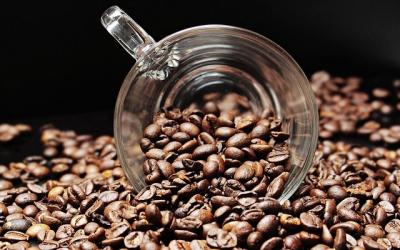MEDICIÓN DE LA UNIÓN NO PERMANENTE EN CUBREBOCAS DE NEOPRENO Y ESPUMA DE NEOPRENO.
MEASUREMENT OF NON-PERMANENT BONDING IN NEOPRENE FACE MASKS AND NEOPRENE FOAM.
Fecha recibido: 15/09/2020 | Fecha publicado: 21/06/2021 | Fecha corregido: 29/09/2020 |Autores
E. Lugo Cornejo, M. G. Guerrero Porras, P. A. Ronquillo Flores
RESUMEN
Una microempresa local produce cubrebocas de neopreno y espuma de neopreno. Este material tiene una solubilidad en agua de 0.002115 gr./ml en agua, significa que por cada 0.001 l de agua (mililitro), 0.002 (milésimas) de gramo del material se diluyen en ella, lo que lo hace impermeable ante la humedad y tiene una resistencia de 321 kgf/cm2, ya que cada cm2 puede resistir 321 kilos de fuerza aplicada. Al ser mecánicamente resistente y considerando que la mayor parte de los agentes patógenos se encuentran en el ambiente en forma húmeda, este material es ideal como aislante ante estos virus, más aún si se considera que la forma del tejido es sintética y representa un protector seguro. Por tal motivo se elaboró un estudio donde se aplicó el análisis a la tensión para medir la unión no permanente en los cubrebocas de neopreno y espuma de neopreno. Se elaboró el diseño del experimento mediante la norma MIL-STD-105E (ISO 2859-1) para lotes mínimos de producción, para el muestreo de la fracción defectuosa y el defecto por inspección, se aplicó el método para los ensayos a la tracción. Con los datos obtenidos se pudo deducir que el tamaño de la fractura por la manipulación diaria del cubrebocas de neopreno, la abertura que se detectó se aproxima al tamaño del virus covid-19 en un 92%, en el de espuma de neopreno en un 59%. Al manipular el cubreboca durante una semana y un mes, la abertura sobrepasará al tamaño del SARS-CoV-2 en los dos materiales.
PALABRAS CLAVE:
Resistencia de materiales, análisis a la tensión, unión no permanente, neopreno, espuma de neopreno, solubilidad en agua.
ABSTRACT
A local micro-company produces neoprene face masks and neoprene foam. This material has a solubility in water of 0.002115 gr./ml in water, it means that for every .001 l of water (milliliter), .002 (thousandths) of a gram of the material are diluted in it, which makes it impervious to the humidity and has a resistance of 321 kgf / cm2, since each cm2 can resist 321 kilos of applied force. Being mechanically resistant and considering that most of the pathogens are found in the environment in humid form, this material is ideal as an insulator against these viruses, even more so if it is considered that the shape of the fabric is synthetic and represents a safe protector. For this reason, a study was carried out where stress analysis was applied to measure the non-permanent union in neoprene and neoprene foam face masks. The design of the experiment was elaborated by means of the MIL-STD-105E (ISO 2859-1) norm for minimum production batches, for the sampling of the defective fraction and the defect by inspection, the method for tensile tests was applied. With the data obtained, it was possible to deduce that the size of the fracture by daily manipulation of the neoprene mask, the opening that was detected approximates the size of the covid-19 virus in 92%, in the neoprene foam in 59 %. When handling the mask for a week and a month, the opening will exceed the size of SARS-CoV-2 in both materials.
KEY WORDS:
Material strength, stress analysis, non-permanent bonding, neoprene, neoprene foam, water solubility.


